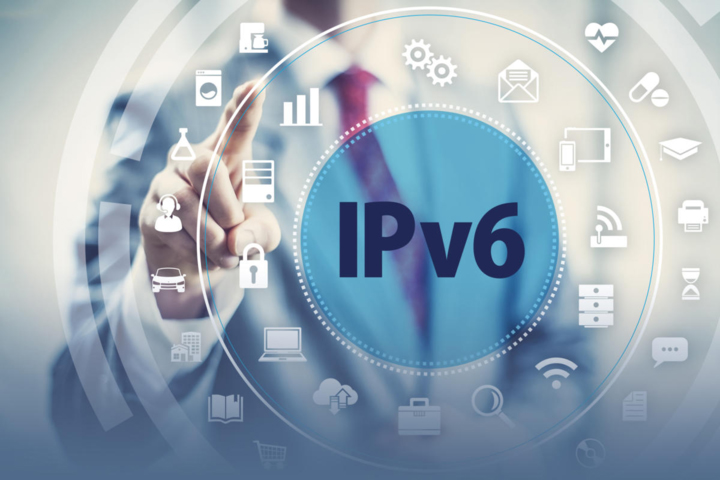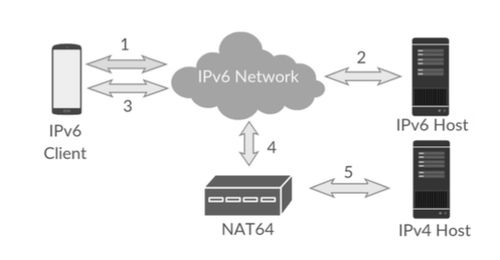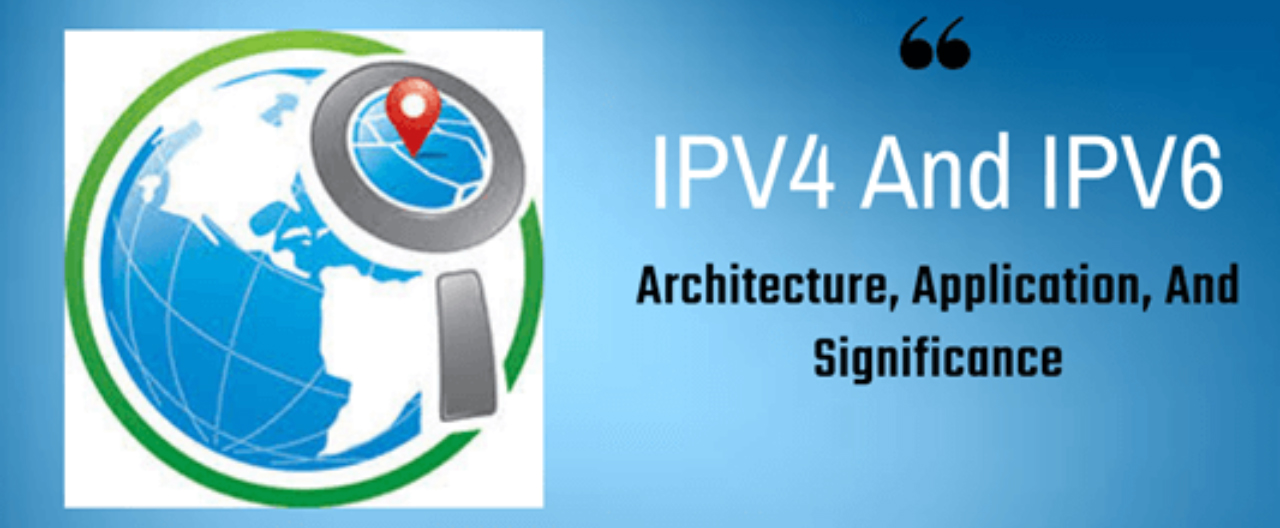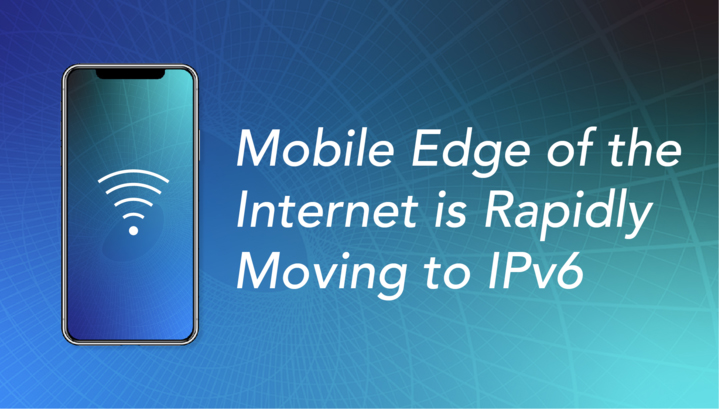
What Is IPv6 ?

Internet Protocol Version 6 (IPv6) is a network layer protocol that enables communication of data over a packet switched network. Packet switching involves sending and receiving packet data between two nodes in a network. The working standard for the IPv6 protocol was published by the Internet Engineering Task Force (IETF) in 1998. The IETF specification for IPv6 is RFC 2460.
IPv6 was intended to replace the widely used and considered Internet Protocol Version 4 (IPv4) is the backbone of the modern Internet. IPv6 is often referred to as the "next generation Internet" because of its expanded capabilities and growth through recent large-scale deployments. In 2004, it was recognized that Japan and Korea had the first public use of IPv6.



The explosive growth in mobile devices including mobile phones, notebook computers, and wireless handheld devices has created a need for additional blocks of IP addresses. IPv4 currently supports a maximum of approximately 4.3 billion unique IP addresses. IPv6 supports a theoretical maximum of 2128 addresses (340,282,366,920,938,463,463,374,607,431,768,211,456 to be exact!). Recent advances in network technology including Network Address Translation (NAT) have temporarily reduced the urgency for new IP addresses, however, recent estimates indicate that IPv4 addresses could be depleted as early as 2012.

IPv6 and IPv4 share a similar architecture. Most transport layer protocols that operate with IPv4 will also operate with the IPv6 protocol. Most application layer protocols are also expected to be interoperable with IPv6, with the exception of the File Transfer Protocol (FTP). FTP uses embedded network layer addresses to facilitate data transfer. An IPv6 address consists of eight groups of four hexadecimal digits. If a group contains four zeros, the notation can be shortened using a colon to replace the zeros.
The main advantage of IPv6 is to increase address space. 128-bit IPv6 addresses are significant gains over 32-bit IPv4 addresses, allowing for an almost unlimited number of unique IP addresses. The size of the IPv6 address space makes it less susceptible to malicious activities such as IP scanning. IPv6 packages can support a larger payload than IPv4 packages resulting in increased throughput and transport efficiency.
A key improvement over IPv4 is native support for mobile devices. IPv6 supports the Mobile IPv6 (MIPv6) protocol that enables mobile devices to switch between networks and receive roaming notification regardless of their physical location. MIPv6 is a hallmark of the protocol and has been identified as a robust requirement when designing IPv6. The IETF has separate specifications for MIPv6 detailing data structure, messages, and security requirements. Auto-configuration is another IPv6 enhancement that is considered a great benefit to network administrators. IPv6 devices can self-configure independently when connected to other IPv6 devices. Configuration tasks that can be performed automatically include IP address assignment and device numbering. An IPv6 router has the ability to specify its own IPv6 address using the address parameters of a data link layer. The IETF has issued RFC 2462 to set guidelines for IPv6 auto-configuration.

| Diffrence Between IPv4 & IPv6 | |
|---|---|
| IPv4 | IPv6 |
| Address can be configured manually or through DHCP | Stateless auto configured link local address will be obtained. |
| ARP uses broadcast ARP request to resolve IP to MAC/ Hardware address. | Multicast Neighbor Solicitation messages resolve IP addresses to MAC addresses. |
| Broadcast addresses are used to send traffic to all nodes on a subnet | IPV6 uses a link- local scope all-nodes multicast address |
The IPv6 protocol improves on IPv4 with more authentication and privacy measures. IPSec security is built into the IPv6 specification to manage encryption and authentication between hosts. This built-in security framework enables secure data traffic between hosts that is independent of any applications on either host. In this way, IPv6 provides an efficient end-to-end security framework for transmitting data at the host or network level. The use of IPv6 networks is growing worldwide. Complete replacement of IPv4 is expected to take some time, as it remains the most widely used Internet Protocol. The United States, China and India are leading the recent deployment of the IPv6 protocol and have major investments in IPv6 network infrastructure. The US government has forced federal agencies to complete the transition to IPv6 infrastructure by 2008 at the latest. Software companies also release operating systems that support the IPv6 standard. In 1997, IBM became the first commercial vendor to support IPv6 through its AIX 4.3 operating system. The latest version of Microsoft's operating system, Windows Vista, has full IPv6 support enabled by default.

You Can Also Check Our Latest Articles
Get in Touch!
Reach out for any support through email is support@changemyipaddress.com We attempt to respond to all inquiries within 24 hours.